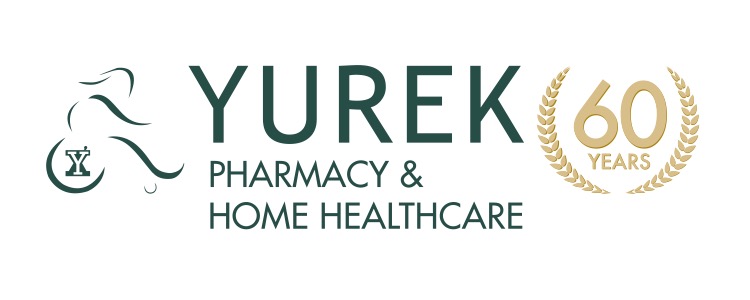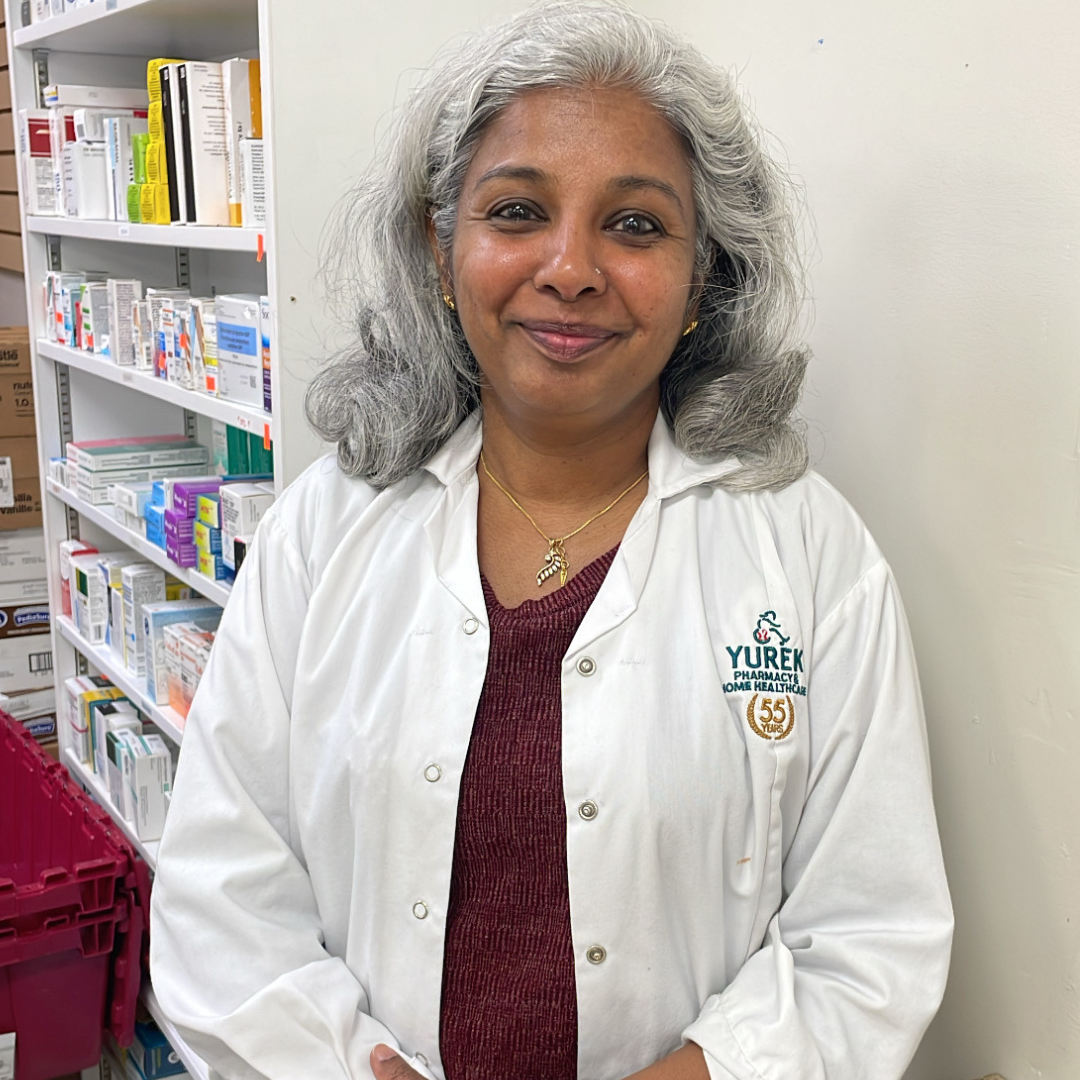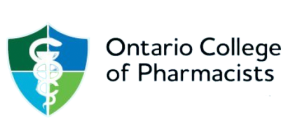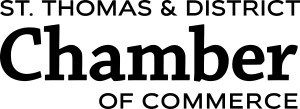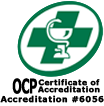You know, I recently attended the Office Efficiency Day at the CASO station organized by the Elgin Ontario Health Team and Elgin Primary Care Alliance. The focus was on utilizing technology to make healthcare more efficient. I learned a couple of important things:
- we are blessed to have such an involved and dedicated group of doctors, nurse practitioners, and support;
- there is a tremendous amount of technology out there to embrace.
Historically, you would see a doctor who would handwrite your prescription, which you would take to your pharmacist who decipher and fill it. (And depending on the doctor’s writing, that could be a monumental challenge). If there was an issue, the pharmacist would call or fax your doctor to clarify or change the medication. Many offices and most pharmacies now can send and receive prescriptions electronically. Via a secure channel, your prescriber can be sent directly from one computer to another. Messages can also be sent back and forth which allows the pharmacist and prescriber to find the best option for the patient. For example, your doctor diagnoses you with bronchitis, she sends a prescription to the pharmacy instantly. The pharmacist identifies an interaction with your cholesterol medication and suggests changing the antibiotic. The doctor reviews the suggestion, agrees and sends a new prescription.
At the pharmacy, this digital prescription does not need to be deciphered; there is no issue with penmanship and it is quickly entered and adjudicated to your insurance. A robot fills the prescription and labels it — using barcode technology to check for things like expiry. Or perhaps the assistant counts the medicine again, scanning the bottle to make sure it is the correct drug and in date. The pharmacist reviews the medication and utilizes technology to check for interactions. She looks up your latest lab results to see if the dose needs to be adjusted for the kidney or liver.
All of the activities are supplemented by the use of technology. Technology does not replace the human factor; it enhances it.
I was given a demonstration by one of our local family doctors on how she uses technology. When you go to your appointment, your physician assesses you and together you come up with a plan to make you feel and live better. After your appointment, your doctor will document the encounter in her clinical notes. This is extremely time-consuming; many physicians and nurse practitioners spend a large amount of time after hours to do so. This local doctor uses artificial intelligence to assist her. With her patient’s consent, she records the appointment and the program is able to provide her with exceptional clinical notes that capture the important aspects of the appointment. Now, it takes some skill and work on the part of the doctor to train the program, but the results are astounding.
Kudos again to the organizers of this event and to all the participants. It was an amazing afternoon, right in our community. Take care of yourselves and each other.
Steve Bond, BScPhm, RPh, CDE, FASCP
